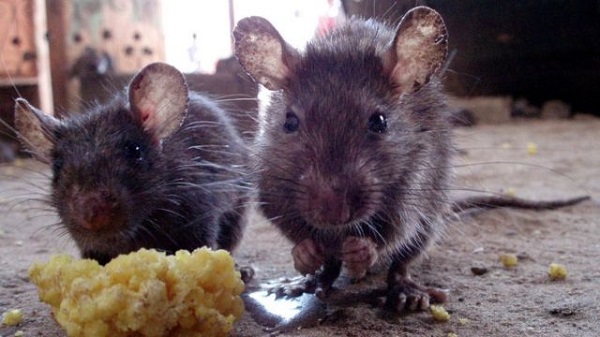
The Nigeria Centre for Disease Control and Prevention (NCDC) has reported a total of 823 confirmed cases of Lassa fever and 144 deaths across 24 states in the country from January to March 2023.
According to the NCDC, the cases were reported from 98 local government areas of the 24 states, with Ondo, Edo, Bauchi, and Taraba states recording the highest number of confirmed cases. Edo, Ondo, Ebonyi and Taraba states recorded the highest number of deaths.
The case fatality ratio (CFR) of Lassa fever stood at 17.5%, and the predominant age group affected were between 21 to 30 years. The male-to-female ratio for confirmed cases was 1:0.9, and three healthcare workers were affected in the reporting week 12. The National Lassa fever multi-partner, multi-sectoral emergency operations centre (EOC) has been activated to coordinate the response activities at all levels.
Lassa fever is an acute viral haemorrhagic fever (VHF) caused by the Lassa virus, and the natural reservoir for the virus is the mastomys natalensis rodent. The virus spreads through direct contact with urine, faeces, saliva, or blood of infected rats, contact with objects, household items, and surfaces contaminated with the urine, faeces, saliva, or blood of infected rats, consuming food or water contaminated with the urine, faeces, saliva, or blood of infected rats and person-to-person transmission can also occur through contact with blood, urine, faeces, vomitus, and other body fluids of an infected person.
The initial symptoms of Lassa fever present like other commonplace illnesses accompanied by a fever such as malaria. Other symptoms include headache, general body weakness, cough, nausea, vomiting, diarrhea, muscle pains, chest pain, sore throat, and, in severe cases, bleeding from ears, eyes, nose, mouth, and other body openings.
Early diagnosis and treatment of the diseases greatly increase the chances of patient survival. People of all age groups who come in contact with the urine, faeces, saliva, or blood of infected rats, people living in rat-infested environments, people who consume potentially contaminated foodstuff, especially those left open overnight or dried outside in the open, people who handle or process rodents for consumption, people who do not perform hand hygiene at appropriate times and caretakers of infected persons with poor infection prevention and control measures are at risk.

